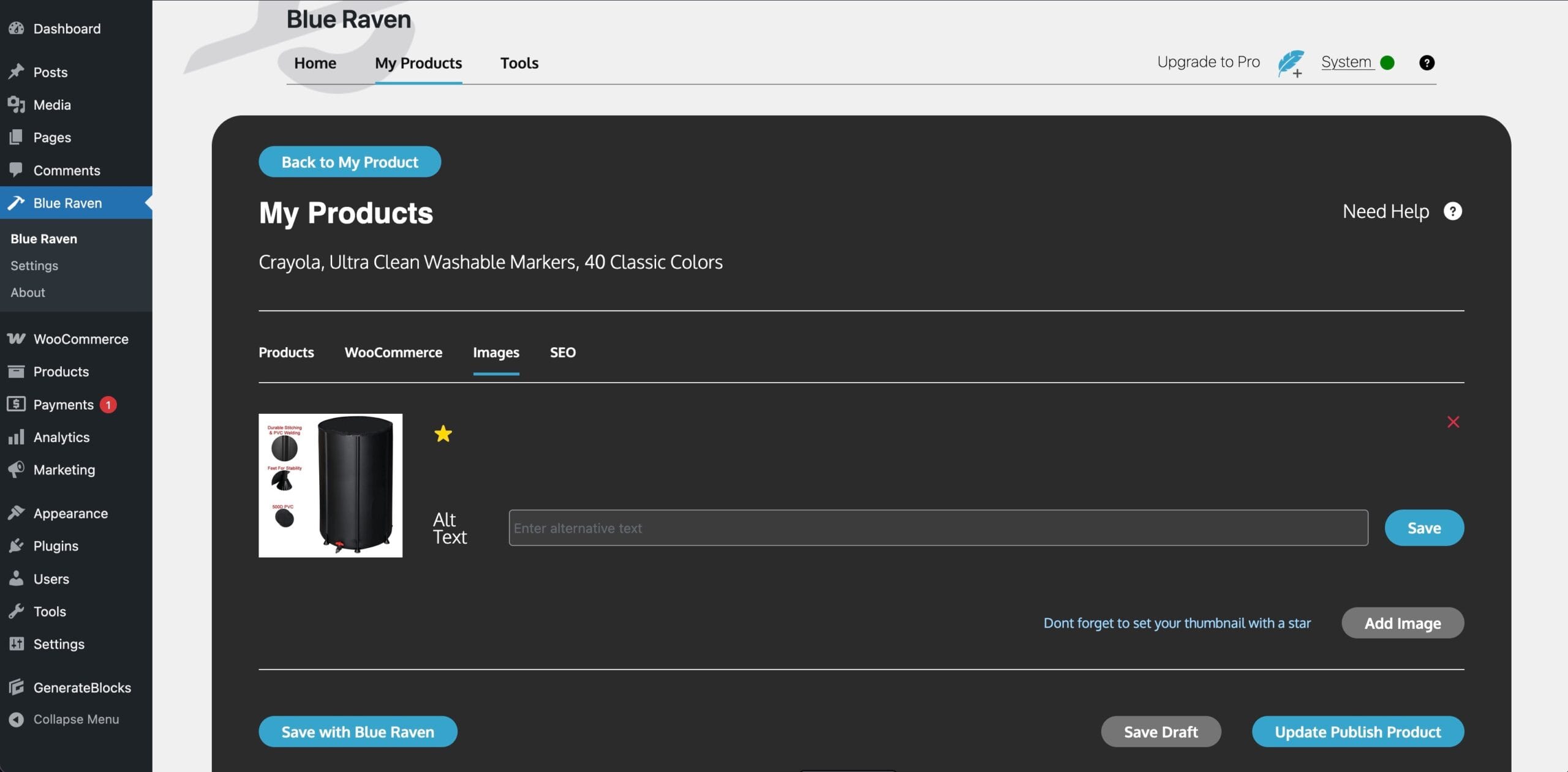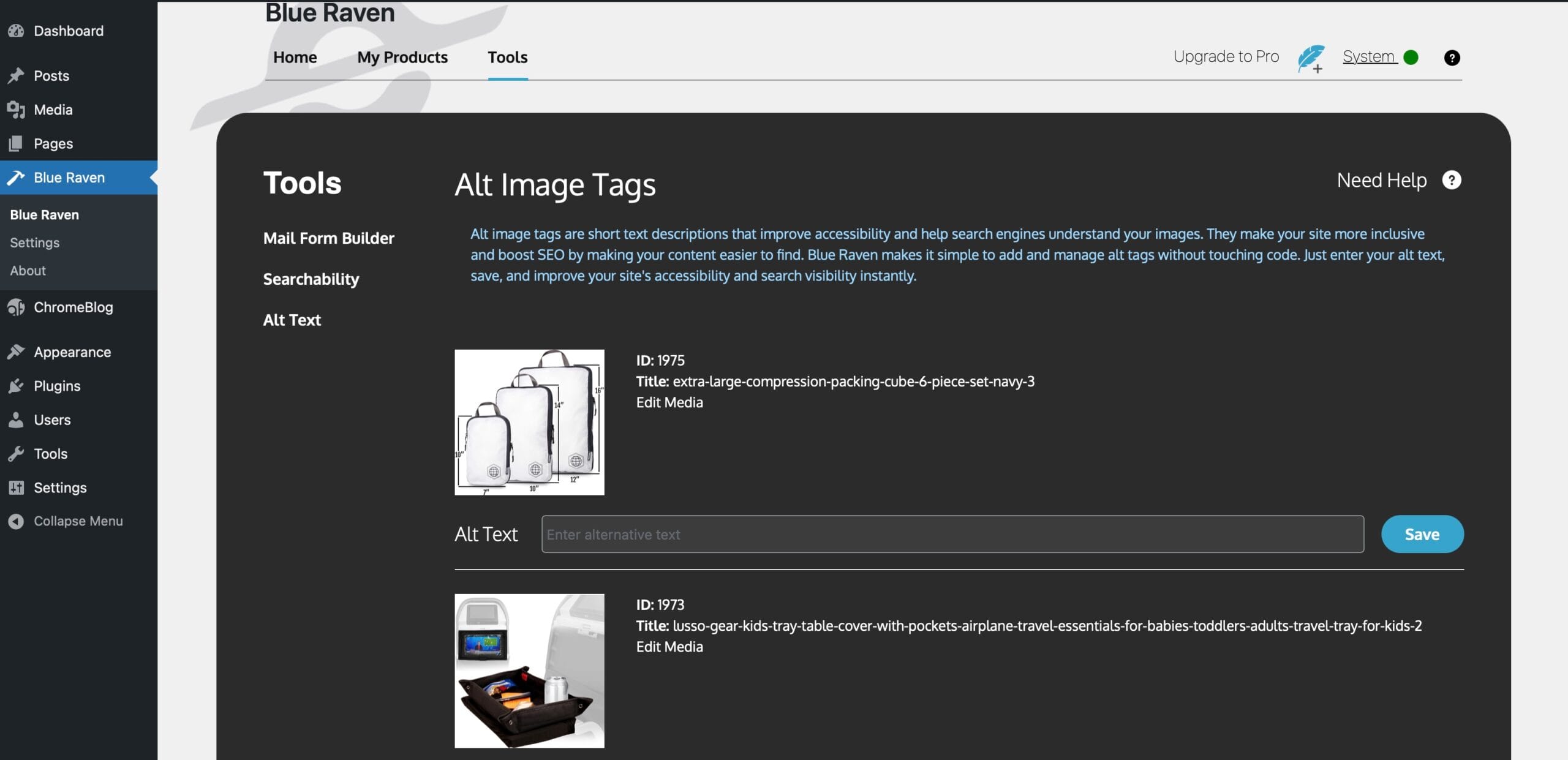The Silent Signifier: Why Alt Text Matters and How to Tame It
If you run a website, you are a storyteller. You use words, layouts, and images to spin a narrative about your brand, your products, your ideas. But what happens when a part of your audience can’t see your pictures? This isn’t a hypothetical. For the person using a screen reader, the image of your best-selling product is just a blank space. For someone on a slow train with spotty service, that crucial infographic is a broken link icon. This is where alternative text, or alt text, steps in. It’s the narrator for the visual parts of your story, and ignoring it means telling an incomplete tale.
Many website owners treat alt text as an optional SEO checkbox. Its actually a fundamental piece of your site’s architecture, as vital for human understanding as it is for search engine rankings. Getting it right can feel tedious, but new tools are changing the game, making accessibility and SEO not just achievable, but efficient.
More Than Just a Description: The Purpose of Alt Text
At its core, alt text is a simple concept: it’s a written description of an image embedded in your website’s code. But its fuction is profound. It serves as a stand-in, conveying the same meaning and function that the image provides visually.
Think of your website like a physical store. A sighted customer can walk in and see a display of cozy-looking sweaters. Alt text is like having a staff member describe that display to a customer who is blind or has low vision. Without that description, that customer misses out on the experience entirely. On the web, screen readers the assistive technology used by people with visual disabilities read this alt text aloud, providing crucial context.
The benefits extend far beyond accessibility. Have you ever had an image fail to load? The alt text appears in its place, ensuring the information isn’t lost . And yes, search engines like Google rely heavily on alt text to understand what your images depict. This is your ticket to appearing in Google Image search results, driving a stream of organic traffic to your site that you might otherwise miss . One major blog reported a massive 779% increase in image traffic after they started optimizing their alt text, proving its direct impact on growth .
The Art of the Alt: How to Write It Well
Writing good alt text isn’t about stuffing in keywords. It’s about being a concise, descriptive narrator. Here are the golden rules.
- Be specific and contextual. An image of a person drinking coffee could have many meanings. On a tech blog, it might be “A developer drinking coffee while coding on a laptop.” On a coffee shop site, it might be “A customer enjoying our seasonal pumpkin spice latte.” The context of the page dictates the description .
- Keep it succinct. Aim for a short, clear phrase. Screen readers can cut off long descriptions, so try to stay under 125 characters . Instead of “A picture of a black and white dog running through a green field chasing a red ball,” try “Black and white dog chasing a ball in a field.”
- Skip the “image of.” Screen readers already announce that it’s an image. Starting with “image of…” is redundant and wastes the user’s time. Just dive straight into the description .
- Don’t forget functional images. If an image is also a link or a button, its alt text must describe the action. A cart icon that leads to the checkout should have alt text like “View your cart,” not “Shopping cart icon” .
- Know when to be silent. Decorative images like those little flourishes and spacers that don’t add meaning and should or at least can have empty alt text (
alt=""). This tells screen readers to skip over them entirely, creating a cleaner experience .
The WordPress Alt Text Problem: A Mountain of Images
For WordPress users, the theory of alt text often crashes into a frustrating reality. The platform’s default media library forces you to manage images one by one. You have to open each image, find the alt text field, and type your description. It’s a manual, time-consuming process.
Now imagine you’ve just inherited a site with thousands of images, or your WooCommerce store has hundreds of products with multiple gallery images each. The task of finding every single missing alt tag feels like staring up at a mountain. You know you need to climb it for the health of your site, but the sheer effort is daunting. This manual bottleneck is why so many otherwise well-maintained websites have incomplete alt text, leaving accessibility and SEO gains on the table.


Blue Raven: Clearing the Path
This is where a tool like the Blue Raven plugin shifts the entire dynamic. The free version available on the WordPress Plugin directory directly tackles the biggest pain point: finding what’s missing. Instead of wandering through the media library wilderness, you can go straight to the Tools section and find the dedicated “Alt Text” area. Here, Blue Raven automatically scans your site and generates a clear, centralized list of every image that lacks alt text.
This single feature saves hours of administrative work. It gives you a clear project plan. You can see the entire scope of the problem on one screen and methodically work through it, adding descriptions without the endless clicking. It brings order to the chaos.
But for those who need to scale, the free version is just the start.
Blue Raven Pro: The Generative Powerhouse
Blue Raven Pro builds on this solid foundation with a layer of intelligent automation. It retains all the organizational tools of the free version but adds a generative AI engine that tackles the labor of writing itself.
For WooCommerce store owners, this is a paradigm shift. When you edit a product, the plugin allows you to generate alt text for individual images or for an entire product gallery in a single click. No more mentally composing descriptions for the fifteenth product image of the day.
If you run a blog or business site without WooCommerce, the process is just as simple. You can navigate to the centralized media list in the Tools section and use the AI to generate descriptions directly there. The subscription model is straightforward, starting at $14.95 per month for the subscription and 1000 Feathers, which covers you for a substantial amount of content, including around 45 WooCommerce products and 100 alt text entries.
Beyond alt text, Blue Raven Pro is a comprehensive suite of tools designed to supercharge a business website. It includes features for:
- Charts and Statistics: Tracking sales, revenue, and average order value.
- Product Creation: Generating titles, descriptions, meta tags, and even suggested prices.
- Product List Management: Filtering, searching, and importing products.
- SEO Tools: Managing sitemaps, robots.txt, and schema markup.
- Site Monitoring: Keeping an eye on uptime and load speeds.
The focus here is on a unified system. Instead of juggling a dozen different plugins for SEO, analytics, and forms, Blue Raven aims to consolidate these functions into one efficient toolkit, with AI-powered alt text generation being a standout feature for modern site owners.

Getting alt text right is no longer just about checking an accessibility or SEO box. It’s about telling your whole story to everyone. It’s a commitment to inclusivity that also delivers clear business results. With a clear strategy and the right tools to manage the workload, this isn’t a chore. It’s one of the smartest investments you can make in your website’s future.